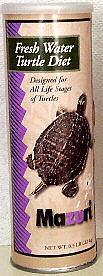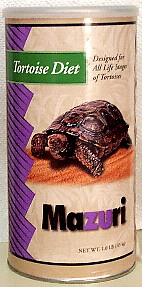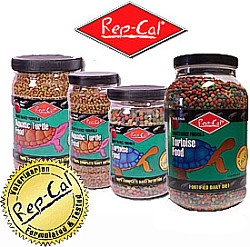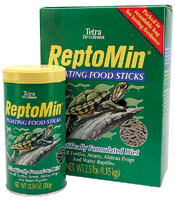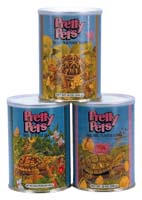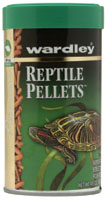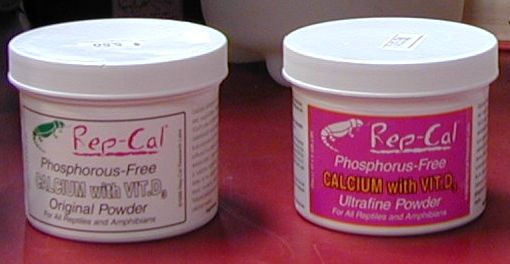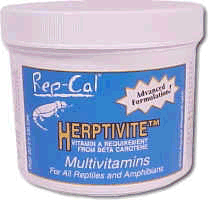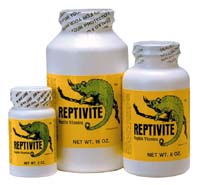|
|
|
|
| Over the years, the captive care of turtles has undergone many changes. As more people enter the hobby, the demand for research on the care and keeping of our shelled companions increases. Our hopes are that one day the understanding of the needs and husbandry of turtles in captivity will be as thorough and commonplace as those of dogs and cats today. Information is changing, but resources such as the internet and web forums allow experienced keepers to communicate and share information in an entirely new dimension. Good things are happening. With that said, please continue forward and learn the latest on captive care of Aquatic and Semi-Aquatic Turtles! | ||
|
|
|
|
|
|
|
|
Caring for your turtle is relatively easy once the basics are established. Dispel the thoughts of getting a turtle and putting it in a bowl of water with a rock. Those little "Turtle Ponds" you can still find in pet stores, are completely inadequate and have even been dubbed by experienced keepers as "Death Bowls". Turtles require more than a small, simple container to ensure proper health and longevity. Heating, lighting, temperature control, filtration - all play an important role in the health and happiness of your turtle. Even a large aquarium, filled to the top with water is not meeting their needs, as they need an area to get out of the water and get completely dry. Also toss out the ideas that turtles can survive on hot dogs, cat food and shrimp treats. Their diets are a highly evolved science, of which we are only beginning to unlock and understand. Various species have specific feeding needs, so the exact dietary requirement of your turtle will need to be researched (Care Sheets are a great assistance in determining what is needed). There are numerous prepared foods on the market, but not all are quality. You don't need to be a nutritionist to understand what is required, but you do need to understand what to look for. Sounds sophisticated, but it's all simple once you understand the reasons why and why not to put things on the menu. The lamp on the desk or the overhead light in the room is not going to meet the requirements of your turtle. They need special lighting which will allow them to perform bodily functions that regular lighting does not do. Room temperature ok? Guess again. Turtles are ectothermic, what used to be called "cold blooded". This means that they do not generate their own body heat. They rely on the sun to get warm and the water to cool down. You will need to ensure that their air temps, basking temps and water temps are within the acceptable guidelines. This will not only ensure their health, but will give them a more natural feeling about their habitat and allow them to act naturally. Turtles are not like dogs and cats - they do NOT enjoy going for walks and being handled. It is key to remember this as some keepers allow their turtles to walk around on their floors, they take them outside for walks or they hold them and carry them around and some even take them to the pet stores as they would their dog. This is not something your turtle will enjoy, nor is it good for them. This causes unnecessary stress and could will eventually lead to health problems. Leave them in their habitat and watch them swim, eat, bask and move about in their home which you have provided. They will be much happier and so will you. |
||
|
|
|
|
|
|
|
||||||||||||||||||||||||||||
|
Feeding your turtles seems to be the most complex aspect of keeping them healthy and active. A simple task yet requiring some planning and structure, based on the species that you are keeping. Turtles are usually opportunistic feeders. In other words, they grab it when they can because they really aren't sure when they might get the chance to eat again. Do not be fooled---turtles will learn to recognize you and any food containers you have. They will quickly have you trained! Overfeeding is one of the most common mistakes in captive care. Keep in mind that they are not always hungry...but they are always looking for a meal because it's how they survive in the wild. They don't know that you are going to feed them routinely, so keep a regular schedule and try not to veer from it. As far as a diet goes, you want something high in calcium yet low in phosphorus. Stay away from fatty foods and those with a high carbohydrate and protein content unless the turtle is a strict carnivore. Don't over-feed or under-feed anything; even if it is good for their diet. Not enough is dangerous and too much isn't much better. You can also check out these articles on "What to Feed" and "How Much, How Often". It is vital to your turtle's health that you vary the diet. Don't rely on pelleted/prepared foods as a whole, instead, use them to augment a more natural diet. Herbivores need to be offered a wide range of veggies and plant matter; carnivores need to be offered a range of live foods (or thawed, frozen foods); and omnivores need a balance of the two. Citrus fruits should never be offered. The recommended prepared foods, in order of quality are:
In regards to ensuring the quality of your turtle's diet, we mentioned fresh foods. Here are some of the preferred foods to offer (in no particular order): To ensure that they are getting a sufficient amount of calcium, there are also supplements on the market as well. A good way of doing this is to grind or crush these up into a powder form (if not a powder already) and sprinkle it onto the food. For aquatic feeders, this poses a problem as the powder will wash off into the water. To get around this problem, you can take their food, moisten it, place it into a plastic bag with this calcium supplement, and shake it around. The calcium will stick to the moist food. Let the coated food dry. This will help it stay together and not disperse into the water as fast once you start feeding.
From Dr. Pritchard's book, Encylopedia of Turtles, I have listed a recipe for making your own turtle food. We have had relative success in this collage of goodies. We are hoping to have better success substituting Trout Chow with ReptoMin. A drawback to this recipe is that it is very oily and I would highly recommend that if you use this recipe, you feed your turtles in a separate container other than their home.
Using a blender, mince the fish into very small pieces. Dissolve unflavored gelatin into boiling water, stirring thoroughly. Add the minced fish and oil. Pour in the ground trout show along with the bone mean and dibasic calcium phosphate. Mix well, adding 20 drops of food coloring. Pour mix into a shallow pie tin or plastic ice cube tray and put in freezer. Cut into small cubes or strips to feed to turtles. |
||||||||||||||||||||||||||||||
|
|
|
|||||||||||||||||||||||||||||
|
|
|
|
|
This is a topic of high debate amongst
collectors. It ranges from anywhere between 1 food stick per day, every
other day all the way to feeding them as much as they will eat in a 30 minute
time period every day. I will only comment on what has worked for us and has
worked extremely well. We feed our hatchlings as much as they will eat in a
15-20 minute time period, every day. After roughly 1 year, we feed them as much
as they will eat in the same amount of time but every other day. Adults and
sub-adults, we feed twice weekly, as much as they will eat in a 15-20 minute
time period. It is recommended that you feed in a separate container. This not only greatly helps with maintaining water quality, but it also allows you to be gage how much your turtle is eating and, in some cases, if they are eating at all. It can also allow you to see if your turtle is passing waste properly, as most times they will use the bathroom in this feeding container. This also makes for easy clean up. A feeding container should be large enough for the turtle to comfortably move around in and the water depth only needs to be deep enough to cover the top of the shell. |
||
|
|
|
